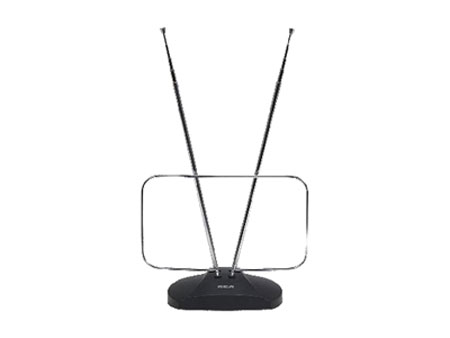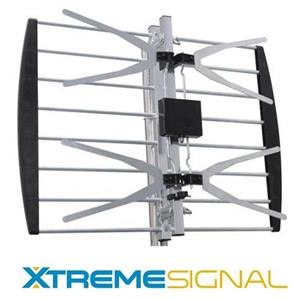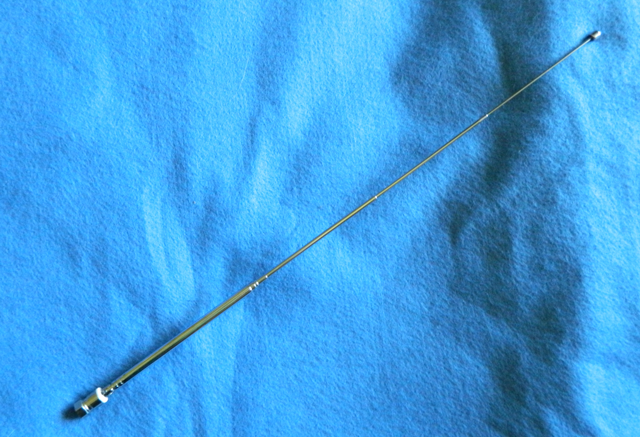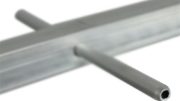Antennas come in many different shapes and sizes. If you’re thinking about an antenna, you need to know that they aren’t really that different. There really are only a few different kinds. Do you know what they are?
Monopole
The antenna above is a monopole. In essence, it’s one big piece of metal. It’s the simplest form of antenna, which is why it’s used on small radios and televisions. The monopole comes in several different forms, but the most common is the extendable antenna you see above.
The basic principle of a monopole is simple. It captures radio waves and relies on basic physics to do its job. It’s omnidirectional, meaning that it picks up in all directions. It either uses the actual ground (you know, dirt) to ground itself or relies on some simple grounding within the device. It is compact and can be made flexible or can collapse in on itself in the case of the picture above.
Monopole antennas aren’t very efficient but they are very flexible. Most people are not aware that it’s not necessary to extend the monopole to its full length in some cases. That’s just the length of the maximum wave it’s intended to receive. You could actually do some fancy math and figure out the right length for the monopole. Or, you could tilt it up and down which has much the same result. When you tilt an antenna, it has the same function as shortening it, because the area that intersects the wave is shorter.
Dipole

The antenna above is a loop dipole. Just to be clear, the antenna part is just the tall hot-dog-looking shape at left. The rest of it is just there to mount.
A dipole is, in its most basic form, two monopoles placed opposing each other. In some cases they can be connected to form a loop, or they can make the shape of an X.

This antenna actually has two different dipoles. The “rabbit ears” part is a dipole antenna, and the rectangle is a loop dipole. The longer one works for VHF, and the loop one works for UHF.
The most common dipole is the “rabbit ears” antenna, although the common Yagi antenna is actually nothing more than a series of dipoles. Most industrial antennas, the sort of things you find on hospitals or police stations, are dipoles as well. The dipole antenna uses two conductors and is much more efficient than a simple monopole. The length of the dipole determines the frequency that it picks up best. All dipoles work best when they’re perpendicular to the signals they pick up. That’s right, the most effective position for rabbit ears is all the way extended to the left and right. When you use rabbit ears, adjusting the tilt of the elements is actually adjusting the wavelength you receive best by changing the horizontal size of the antenna.
In the case of outdoor antennas, several dipoles of different sizes are used, along with reflectors to make sure they don’t interfere with each other. In this way, your outdoor antenna can receive all the frequencies it needs.
Bowtie antenna

The bowtie antenna is a specialized form of dipole antenna that is used for picking up UHF signals. While VHF signals respond better to the traditional dipole shape, UHF antennas respond better to large elements that take up both horizontal and vertical shapes. That is why UHF antennas will sometimes be loop dipoles. However, the “bowtie” or “cat’s whiskers” shape is also very efficient and easy to manufacture. This shape does a better job of picking up the very different size waves used for UHF broadcasting.
No matter what antenna you need, you can find it when you shop the great selection at Solid Signal.





